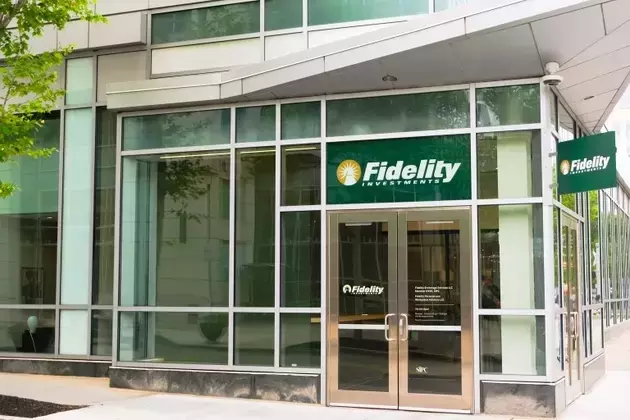
This year has presented unique challenges and opportunities across various asset classes. While the S&P 500 has shown impressive gains, the landscape for fixed-income investments requires a more nuanced approach. In this context, actively managed funds like the Fidelity Investment Grade Bond ETF (FIGB) stand out as a compelling option for investors seeking both stability and growth.
FIGB's strategic allocations, particularly its overweight positions in U.S. Treasuries and BBB-rated bonds, are designed to leverage anticipated shifts in interest rates. This forward-looking strategy, combined with a disciplined active management style, positions the ETF to potentially outperform its passive counterparts, especially during periods of market uncertainty.
The Strategic Edge of Active Bond Management
The Fidelity Investment Grade Bond ETF (FIGB) differentiates itself through an active management strategy that aims to exceed the performance of the Bloomberg U.S. Aggregate Bond Index. This proactive approach involves carefully selecting and adjusting portfolio holdings based on market conditions and economic outlooks. Unlike passive index funds, which simply mirror an index, FIGB's managers have the flexibility to make tactical decisions, such as overweighting specific sectors or maturities, to capitalize on perceived inefficiencies and manage risks more effectively.
This active strategy is particularly valuable in the current economic climate, characterized by fluctuating interest rates and evolving market dynamics. By actively managing its portfolio, FIGB can adapt to changes in the interest rate environment, potentially mitigating losses during periods of rising rates and capturing gains when rates decline. This dynamic capability provides a significant advantage over passive funds, which are inherently limited by their indexing methodology and cannot respond as swiftly to market shifts.
FIGB's Portfolio Positioning and Return Potential
FIGB's current portfolio is strategically structured with a notable overweighting in U.S. Treasuries and BBB-rated bonds. This allocation reflects the fund manager's conviction regarding the future direction of interest rates and the relative value of these bond segments. U.S. Treasuries are generally considered safe-haven assets, offering stability and liquidity, while BBB-rated corporate bonds provide a balance of higher yield and acceptable credit risk. This balanced approach aims to generate steady income while also positioning for capital appreciation as interest rates evolve.
With a duration of 6.1 years, FIGB is highly sensitive to changes in interest rates. This duration implies that for every 1% change in interest rates, the fund's value is expected to change by approximately 6.1%. Given the current economic forecasts, which anticipate interest rate cuts in 2026, FIGB is well-positioned to benefit from both its attractive yield and potential rate-driven gains. Analysts project a total return of approximately 7% for FIGB in 2026, stemming from a combination of its coupon payments and an increase in bond prices as interest rates decrease. This outlook underscores the potential for significant returns in a carefully managed fixed-income portfolio during a period of monetary policy adjustments.
